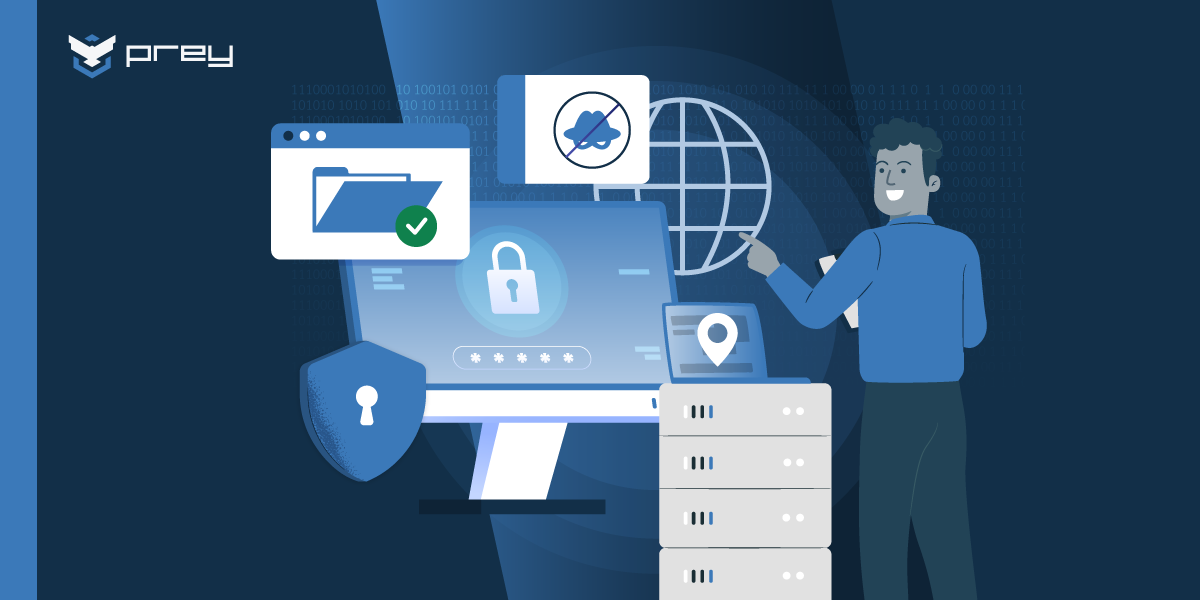Open source laptop tracking, mobile management systems, enterprise mobility solutions… you name it. By the year 2020, IT asset management will be completely different from today, and your average IT manager’s job description will be completely different.
How Do People Look At Computer Security?
Years ago, comedian Jimmy Fallon created a remarkable character for the show Saturday Night Live. He was Nick Burns, the computer guy. The character would service businesses with the slogan:
“He'll fix your computer; then he's going to make fun of you.”
Nick behaved like an arrogant techie filling up his needy customers with technological jargon whenever their computer broke down.
This is clearly a slapstick parody of the work of IT professionals, but it is still a reflection on how many people in society believe it’s an Information Technology Officer’s job description.
It’s not the way we work in 2016, and it will certainly not be the way information security will turn into by 2020, with the influx of big data and Internet-of-Things based IT asset management.
IT will no longer be a problem manager, but an asset advisor
According to Gartner Inc. analyst Tom Austin, the biggest pain points for CIOs when it comes to embracing “smart machines” can be summarized in three words: security, privacy, and innovations.
“To really take advantage of these technologies," he says, "the CIO needs to find a way to let users use a range of these technologies rather than bet that any one vendor is going to have the right answer or a perfect answer.
“IT managers will need to be able to explain the benefits of the cloud, mobility and analytics, “starting with improved collaboration, scalability and energy efficiency,” says software engineer Richard Mitton to Oriel.com
“They will need to think differently about how to secure their company’s data. One potential solution is the hybrid cloud, which gives an organization direct control over part of its cloud infrastructure while still offering all the benefits of cloud computing.”
Hence, IT managers will be less time installing data security software and servers, and more time driving business insights, as they will be much more focused on service management and integration.
“As an IT ‘service broker' of sorts, you will have a much more strategic and value-added role in the business.”
Digital strategist Ade McCormack tells Computer Weekly that today, “IT is all about entitling the users to make decisions about the technology they want, and coaching them to help them get there.”
Mobility, Big Data and Flexibility: The Skills To Master By 2020
The World Economic Forum’s The Future of Jobs Report shows an important shift in the skills that experts in Information and Communication Technology will need by 2020. The top trends will be the use of mobile internet and cloud technology, the increase of processing power and big data, as well as the changing nature of work, with increasing flexibility.

The Challenge: Data (and people) Integration
Business consultant Deloitte says these rapid adoptions of digital technologies by users is pressuring the traditional domain of IT, as they will have to build and integrate information systems while continuing to operate reliable and secure infrastructure cost-effectively.
“Today’s CIO must play a dual role: builder of technology and builder of the business."Deloitte.
A Smart Campus Management
Deloitte also points out that with digitization and the use of smart buildings, digital sensors and mobile management systems, the IT expert of 2020 will no longer focus on building infrastructure and internal architecture, and operating technologies, but on both facilitating customer experience and getting insight out of the massive amounts of security data that any organization is generating.
At the 2015 CIO Symposium, the Massachusetts Institute of Technology’s Sloan School of Management (MIT Sloan) experts debated the future of the Internet of Things (IoT), and the need to harness information using sensor data, once collected and analyzed, to inform human decision-making “or, skipping human intervention entirely, to trigger actuators that operate other systems.”
That brings about another challenge for IT professionals: breaking out from their traditional boundaries.
“The CIO's scope of influence has been in the data center and around the desktop and mobile gear users employ. But that scope needs to change when technology becomes embedded into an enterprise's physical assets and inventory.”
The Transition To 2020: Legacy Technology On The Go
Companies have to cope with the transition from legacy IT infrastructure, at the time that their businesses look for further scalability, high performance, and flexibility.
One may face the question: what do I leave on premise, and what do I send to the cloud? Am I comfortable monitoring and verifying my resources outside my firewalls?
On the other hand, companies face plenty of challenges balancing security with demand. At the same time they connect to multiple service providers, they must address cyber-attacks, ensuring that cloud providers protect data from other customers.
Brinley Platts, CIO Development, tells Computer Weekly that “CIOs that want to lead the digital strategy in their organizations will need to take a step back from the day-to-day running of IT. ”






